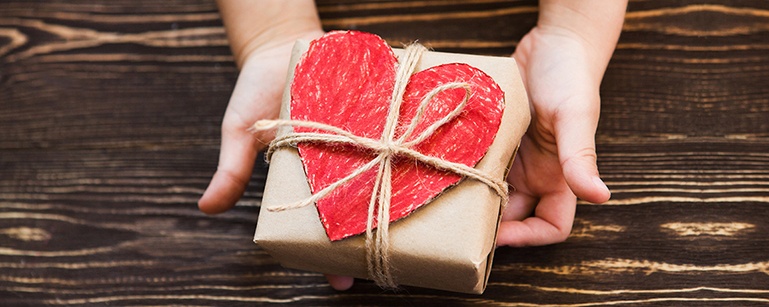Utilise Christmas Cheer To Increase Donations!

If you’re planning a fundraising campaign in the run-up to Christmas you’ll need to utilise the fact that people are much more generous around the holidays. Christmas is about so much more than just presents and good food, as over 50% of UK households make a charitable donation in December. So how exactly do you get people to give?
Personal touch
Generally, studies have found people are much more responsive to a single plea, hence why lots of organisations highlight individuals who would benefit from the charity’s support. Adding that personal element will capture the hearts of your audience and encourage them to donate. State exactly who is in need, why they need help and how a small donation can make a big difference to their lives.
Stories are nothing without stats
Telling a story isn’t going to be enough to encourage a whole host of people to donate to your cause, let alone have them become a regular donor; you’ll need to back up your story with hard-hitting stats.
Many of the Christmas appeals I’ve seen successfully combine their stats and their stories. Some of these campaigns are run by big newspapers, used to producing hard-hitting journalism, exposing stories of hardship and managing to convey the troubles people face through a personal story backed up by numbers. Charities could gain much from using this approach for inspiration when talking about their impact. Matilda Macfuff, New Philanthropy Capital

Giving makes people happy
Research by Harvard Business School professor Michael Norton found that spending money on others actually makes us happier than spending it on ourselves, even though most people would expect that to be the opposite. It has been biologically proven that giving to others activates parts of the brain associated with pleasure, social connection and trust! This can be conveyed through imagery or videos, that show happy people making donations, or even through hashtags. Here at Givergy, we like to incorporate #GiveMoreLiveMore into our posts!
Influenced by others
Another of the major takeaways from the research in this area is that giving is fundamentally a social act. When JustGiving donors see that the donor before them has made a large donation, they make a larger donation themselves. Make it super easy for people to donate by offering them 3 different donation amounts to choose from, but make sure you have the option to also type in a number freely so you don’t alienate those with smaller budgets.
Sharing is caring
You can encourage your donors to spread the word about your fundraising campaign by including social share buttons on your donation pages. Pre-populate these with copy so your donors can share instantly, include your campaign hashtag to increase reach and a link back to your site so others can easily get involved. Not only does this tactic make it super quick and easy for supporters to share their support, but it also ensures that they send out the right message.
Renowned donors
Its not just our friends and families who can influence us, we all admire celebrities and successful business leaders and look to them for inspiration! Its important to let people know who some of your big-name ambassadors are, especially if you’re not a household name yet. If people see that someone they admire has supported your cause, it will make them trust you. Its serving as a quality signal, that this is a high-quality organisation and you should support it. It shows we passed their bar. says Mr Karlan, President of Innovations for Poverty Action.
The National Bureau of Economic Research found that donors to an international development charity were more likely to respond to a match funding campaign if they knew that that the match came from the Bill and Melinda Gates foundation than if it came from an anonymous source, so the same rule applies if you have corporate partners advertise your partnership!
Its the season of goodwill!
Virgin Giving found that the types of charity Brits are most inclined to give money to during the holidays are homeless (28%) and children’s (18%) charities. Not surprising when its freezing outside and millions of children across the world are being treated to expensive toys, whilst others go hungry. Those that were surveyed stated that they were likely to give to charity in the run up to Christmas due to the fact that the Christmas period is a hard time of year for those in need. Lots of charities offer the option to give a gift to those in need, so the act of donating, relates back to the theme of Christmas giving.
Research has proven that giving to charity peaks in the run-up to Christmas, when people are feeling in a giving mood. Its time to create a campaign and we hope the tips above will help you get started.
Ben Crook
Chief Operating Officer
Ben is at the forefront of every project in Givergy, listing and actioning constant improvements across the business. With over a decade of experience in the charity and events sector he brings a deep understanding of what the fundraising industry needs to operate effectively and efficiently.
Examples of Nonprofit Fundraising Events + Best Practices
June 20, 2025
Planning an Animal Charity Event: 4 Tips for Success
June 20, 2025
Event Fundraising Just Got Easier: 5 Powerful Features of the Givergy Event App
June 17, 2025
21 Silent Auction Basket Ideas That Actually Raise More
May 23, 2025
The Ultimate List of Tennis Club Fundraising Ideas
May 19, 2025


